We want to grow organic vegetables in our garden all season long. But some UK people thought it is quite impossible to grow green veggies during the winter. But surprisingly, a lot of vegetables are out there that you can choose to accommodate in your winter garden.
If you are wondering about what vegetables to grow during the winter months, we are here to help you out. Take a look at our selection of the 10 best winter vegetables to grow below:
Table of Contents
Best vegetables to grow in winter
If you are tending to your homegrown winter vegetables, the cooler season can be the barrier. Some of the winter vegetables are not only tasty they are beautiful too. We have rounded up the top 10 winter vegetables to grow along with the proper guide.
You can choose some of them to suit your space:
Onion:

Winter onions are more similar to regular onions but there are a little few differences between the twos. Winter onions are a little milder in flavor and grown in a bunch. Onions are the most perfect vegetables to grow during the winter season.
You can plan to harvest them before October and November before the first hard freeze. The winter onions require full sunlight to grow and must be planted 2-4 inches deep. you need to give spaces between bulbs of approximately 4-6 inches. You need to water them properly. If you see there is a harsh winter, then you need to cover the plants with a layer of mulch to get the best result.
Broccoli:
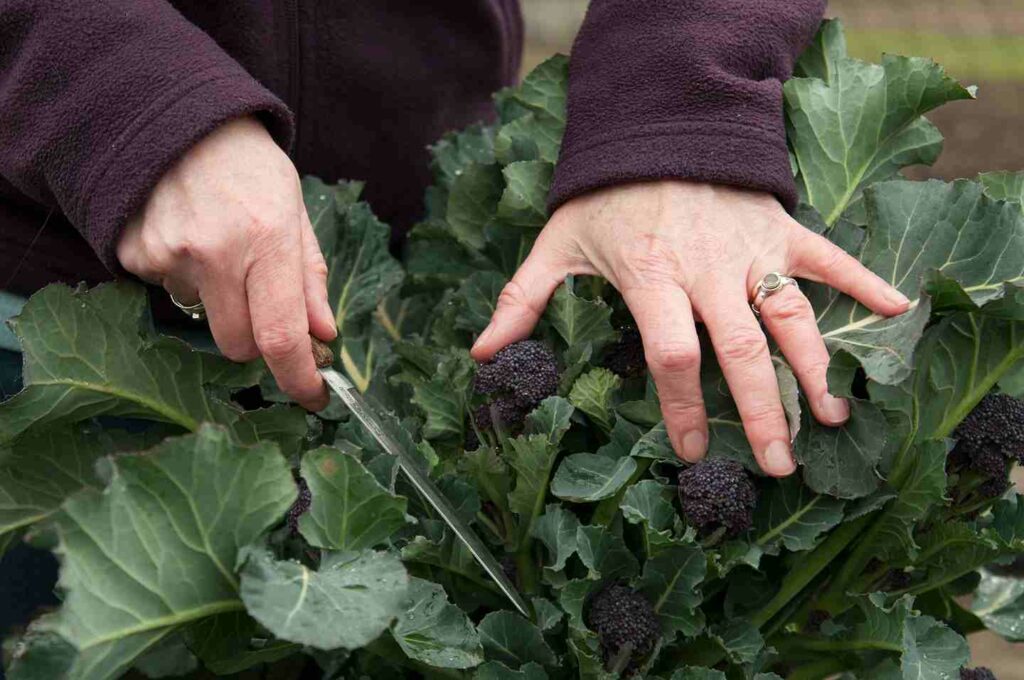
Broccoli is a winter vegetable that you can grow easily in the winter season. You need to make your planning this way so that you can harvest broccoli in the winter. You need to start seedlings before the early fall.
Broccoli needs 24 degrees centigrade to fully grow. This plant can grow either in the full sun or in partial shade. You need to water the plant properly. You can expect your broccoli will come into harvest within 50-90 days from when they are transplanted.
Cabbage:
Cabbage can be grown all through the year. You can also plan to sow a variety of cabbages at different maturing times. Some varieties ripen in the summer too. Cabbage seeds will germinate as low as 4 degree centigrade.
So, you can easily sow this vegetable in the winter. You need to protect the cabbage seedlings. You can plant the seedlings in planting trays and cover the seedlings with row covers.
Cabbages need 13-240 centigrade to grow. You need to protect them from the garden pests such as slugs and snails.
Brussels Sprouts:
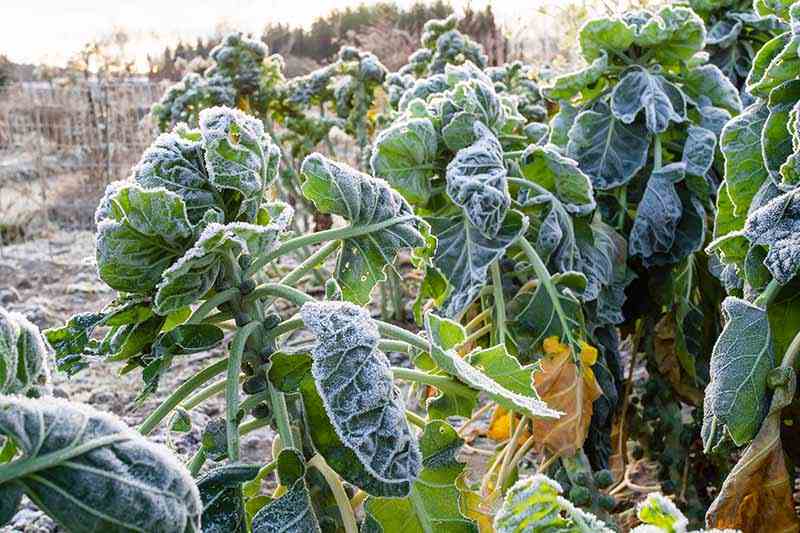
Brussels sprouts are winter veggies that grow perfectly in mild winter. If your soil temperature will drop below -120C then you can grow them in a greenhouse. As they can grow well in a short period of freezing, but long-lasting winter can harm them badly.
Brussels sprouts need to be harvested in late fall. To get the best result, you need to plan for sowing the seeding 3 to 6 months earlier depending on the variety. These plants grow perfectly between 7-240C.
However, they can withstand also a temperature as low as -70C.
Cauliflower:
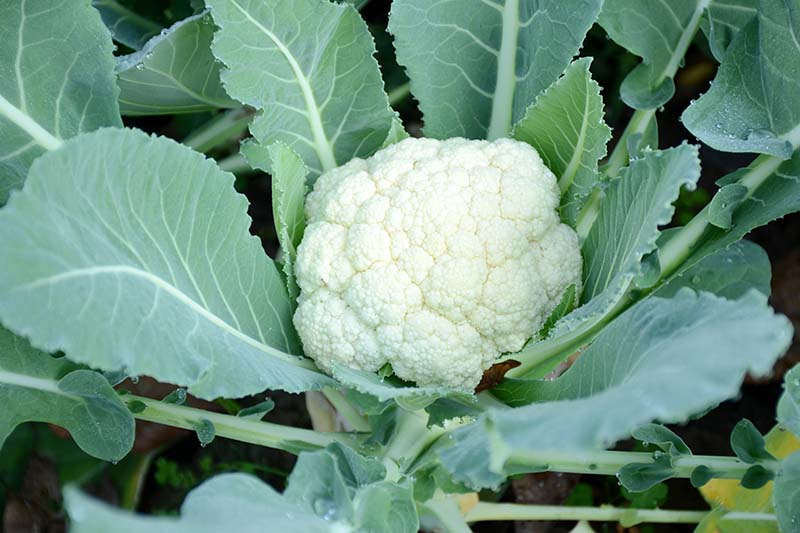
Cauliflower is a veggie that can be grown all year round. There are varieties of cauliflowers with different harvesting times. But, the perfect temperature for growing this vegetable is mild winter.
You need to give them some extra protection from garden pests. You need to water them very well. You need to pick the right variety of cauliflower to harvest at the right time.
You need to leave the plants for full growth; you can enjoy the beautiful looks and shape of the veggies.
Parsnips:
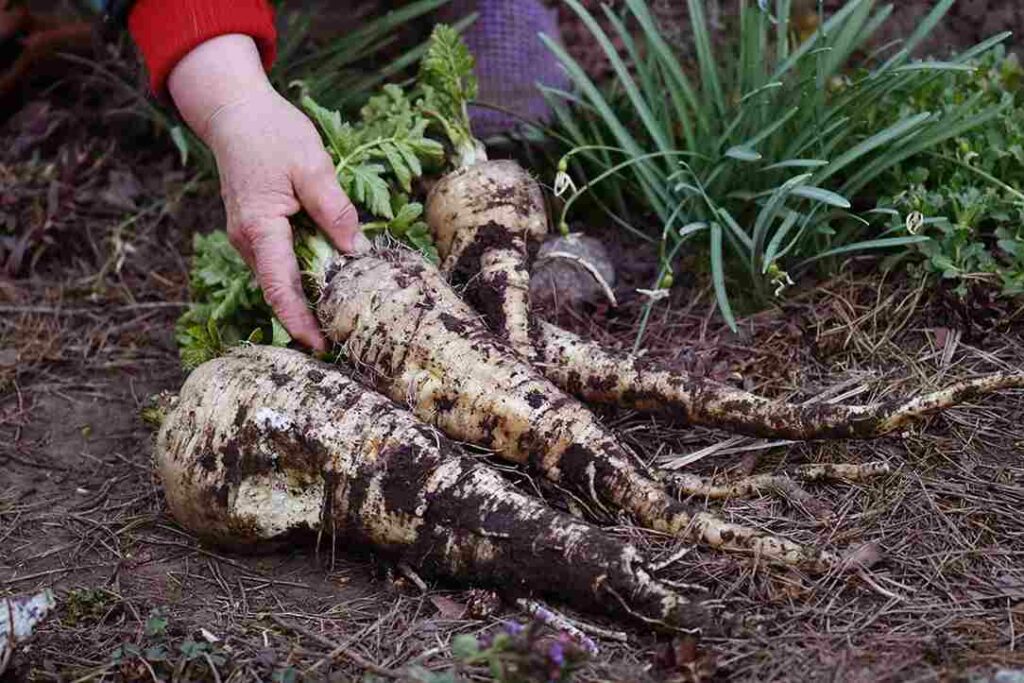
If you want to harvest parsnips during the winter, you need to plan to sow your parsnip seeds in April. Because then the ideal soil temperature ( 5-120C) will get.
You can sow the seeds outsides to a depth of 1-2 inches deep. You need to provide the proper gaps between the plants. You need to be sure to water them well. You can start harvesting parsnips from mid-September onwards.
To get the best result, you need to leave parsnips to experience at least two weeks of the temperature of 0-40C. during this period, the plants will slow down their growth and turn starch into sugar to sustain themselves.
Radish:

Radish can more tolerant to frost. It can even survive in severe freezes that damage the foliage of the plant. While they defrost the foliage will grow back again. Radishes will have a better taste when they experience a little frost.
Radishes can survive temperatures as low as -60C. Radishes grow well in temperatures between 4-210C. You can also leave radishes in the ground. While you need one for your meal, you can dig up one from the ground.
Green Onions:
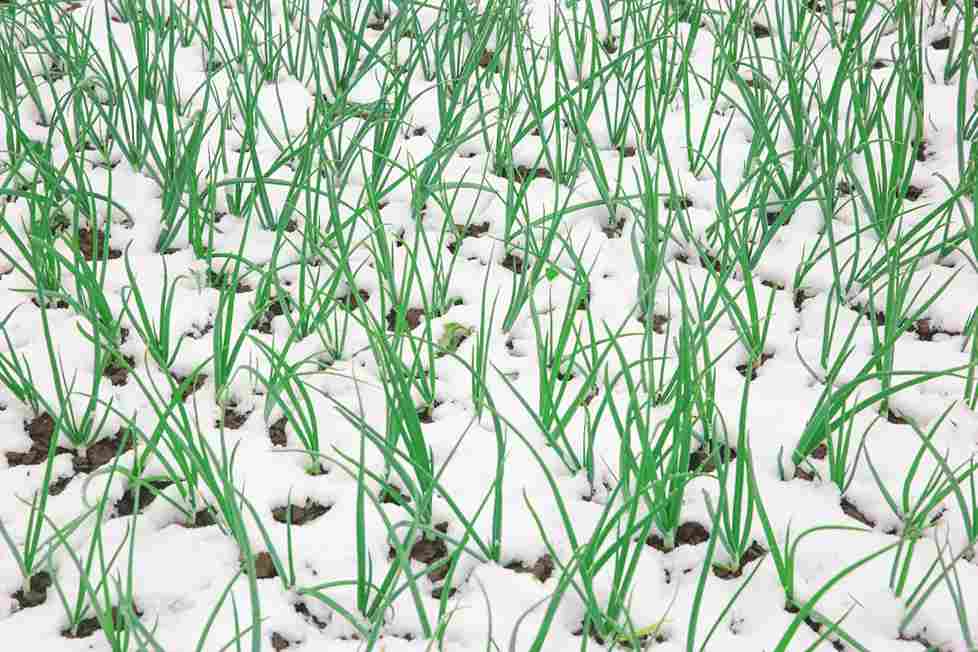
Green onions are hardy plants. They can survive in winter very well. Even in the hardy zones, green onions can grow well. You can harvest this veggie anytime once the plants reach maturity.
But, you do not eat them once they start to flower. You need to protect the plants from frosts. The best temperature to grow green onions is 20-250C. You can harvest them in a greenhouse for the best result.
Celery:
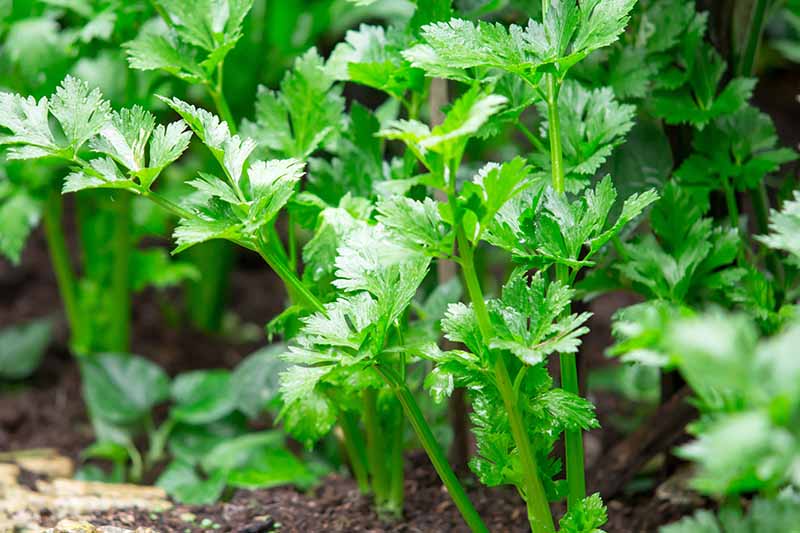
Celery grows well in areas with cool temperatures between 15-210C. If you live in the coolest area then you need to protect the plants from frosts and snow. Then you need to harvest them in a greenhouse for the best result.
You only need to cut the outside of the stalks of the plants. You do not need to cut the entire plant. Once your celery plants are exposed to the frosts they will stop growing. So you need to cover them at night.
Leeks:
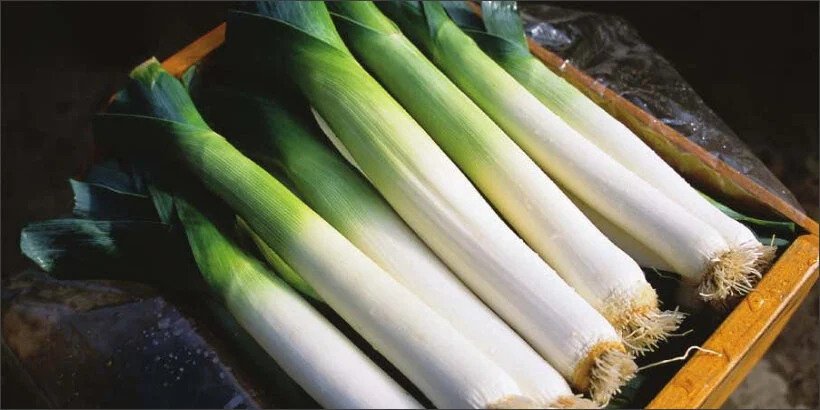
Leeks are great winter vegetables that will stay fresh and covered in a layer of snow. You need to make planning for harvesting leeks before so that they get mature when the first frost hits.
Leeks grow perfectly when the temperature remains below 240C. it is best to sow leeks in the spring. You can sow the seeds in the containers then after some time you need to transplant them into the garden.
Then leeks will complete their growth and be ready for harvesting in the autumn and winter.
How to grow vegetables for winter?
You need to make a perfect plan to grow vegetables in the winter. You can follow the below points to have enough veggies during the winter:
- You need to sow leeks into a seedbed outside or seed trays, or pot indoors.
- You need to sow parsnips direct into the ground and it will take several weeks to be germinated.
- You need to transplant the seedling to their proper places where they will form small, sturdy plants with two or four pairs of green leaves.
- You need to keep watering the plants very well.
- If there is more snow and frost you need to cover the plants at night.
- You need to protect your plants from the pests of the ground.
- Hoe between the rows to keep them free of weeds.
How to protect your winter crops?
You need to protect your winter crops in the following ways:
Cover the plants:
You need to cover your winter plants with old fabrics, bed covers, burlap, or commercial frost clothes. You don’t use any plastic material to do so. For the best result, you can set up a frame over the plants.
Cover the frame with the cloth so that it cannot touch the foliage of the plants. You need to be sure that your cover drapes to the ground. Fabric covers help in trapping the heat from the soil. You also need to uncover them when the temperature rises above freezing.
Cover the sprouts:
You need to take special care of the small sprouted plants. so, you need to cover them with a flower pot or inverted bucket or with a layer of mulch. Again, you need to uncover them when the temperature rises.
Prevention:
You cannot provide fertilizers at a freezing temperature to avoid damage to the plants. You need to choose the plants that are hardy for your climate zone. Otherwise, you can plant tender plants that can be brought indoors.
Check losses:
If there is any damaged portion in the plant, you need to remove that immediately. You need to assess fresh growth to have good growth for the coming season.
FAQ
What is the process of making a vegetable garden in the winter?
Ans: To make your vegetable garden, you need to remove all the diseased plants from the ground. Then, you need to remove invasive weeds that may have taken over the growing season.
You can now add some organic fertilizers such as bone meal, kelp, and rock phosphate to the soil. You can sow cover crops like rye, clover, and vetch in late summer or early winter. Then, make a partition of soil like rows and plant bulbs. Dug up the soil and harvest some plants of your choice.
Why grow vegetables in winter?
Ans: Some plants grow well over the mild winter season providing the biggest harvest. If you harvest some organic fresh veggies as well as fruits you get much need vitamin C throughout the cool season. You will not need to get outside for bringing the vegetables regularly even in the coldest time.
Conclusion
Growing vegetables during winter are not the hardest task but always may not be easy. If you want to be the success of your dream you need to choose a variety of vegetables properly. You need to pick up the veggies to harvest that are well suited to the temperature fall.
Before going ahead, you can do deep research on it. Some plants need much care and protection to grow in frost.
Whatever you choose to do, do it with more fun!


